In the harshest, most frozen environments on Earth, where survival seems impossible, nature has engineered a remarkable creature with an extraordinary life cycle. The ice crawler, or glacier midge (Diamesa mendotae), exists as a testament to evolutionary ingenuity and adaptability. This tiny insect spends most of its life frozen within glaciers and ice sheets as a larva, only to emerge briefly as an adult during brief warm periods, mate, lay eggs, and die within days. This remarkable adaptation to extreme cold represents one of the most specialized life cycles in the insect world, demonstrating how life can thrive in even the most inhospitable environments on our planet.
The Remarkable Ice Crawler: An Introduction to Nature’s Freeze-Resistant Marvel

The ice crawler, scientifically known as Diamesa mendotae and sometimes called the glacier midge, belongs to the Chironomidae family of non-biting midges. Unlike most insects that perish in freezing temperatures, these extraordinary creatures have evolved to spend the majority of their life cycle encased in ice at temperatures that would be lethal to most other organisms. Their remarkable antifreeze proteins and specialized physiology allow them to survive in environments as cold as -15°C (5°F), making them one of the few true cryophilic (cold-loving) insects on Earth. These tiny insects, rarely exceeding 5mm in length, represent an evolutionary triumph over extreme conditions, thriving in glaciers, snowfields, and ice sheets across North America, Europe, and Asia’s polar and alpine regions.
Evolutionary Adaptations: How Ice Crawlers Survive Being Frozen
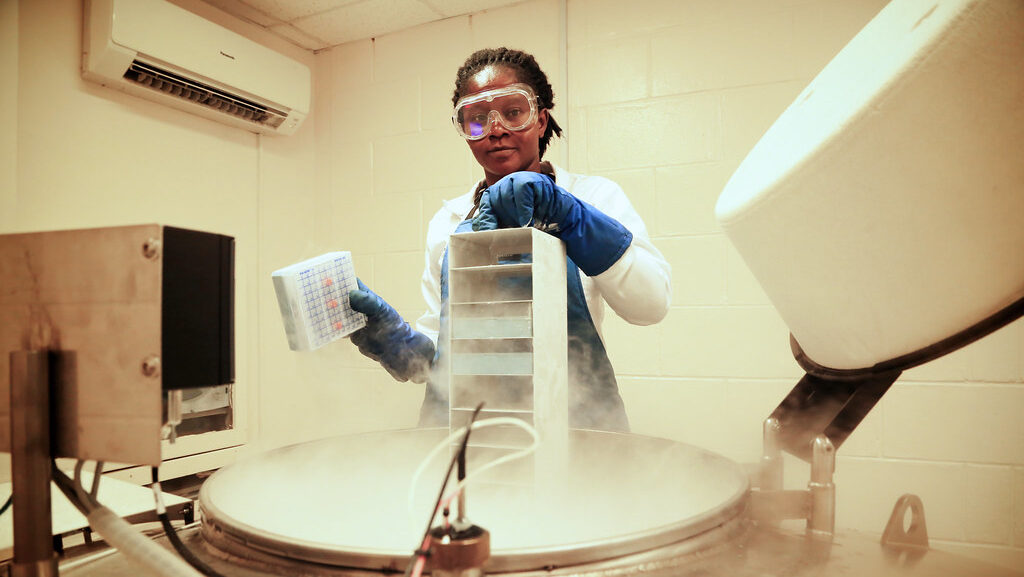
Ice crawlers have developed extraordinary physiological adaptations that allow them to survive being encased in ice for months or even years. Their bodies produce specialized antifreeze proteins that prevent the formation of ice crystals within their cells, which would otherwise cause fatal damage to cellular structures. Additionally, they can undergo a process called cryoprotective dehydration, where they essentially remove water from their bodies to prevent freezing damage. Their metabolism can slow to nearly imperceptible levels, reducing their oxygen and energy requirements by up to 90% during their frozen state. These adaptations represent millions of years of evolutionary refinement, allowing these insects to exploit ecological niches too harsh for competitors and predators to survive.
The Life Cycle: From Ice-Bound Larva to Short-Lived Adult
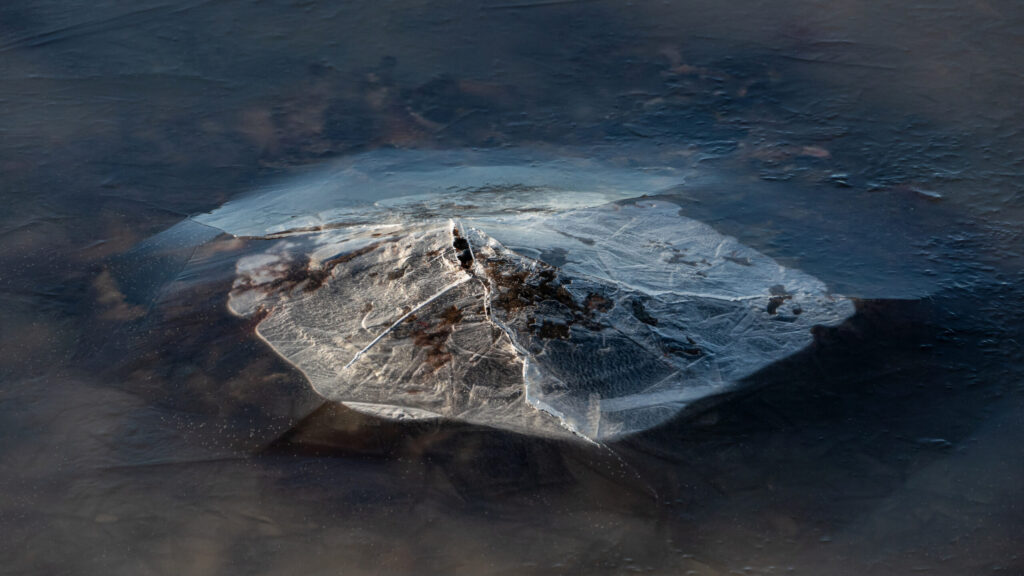
The life cycle of the ice crawler represents one of nature’s most extreme examples of developmental contrast. The larval stage, which constitutes up to 95% of the insect’s life, can last for several years as the creature remains dormant within ice, slowly developing while feeding on algae, bacteria, and organic matter trapped within the frozen environment. When environmental conditions trigger metamorphosis, the larva transforms into a pupa, still within the ice. As temperatures temporarily rise during brief warm periods, the adult emerges from the melting ice, often in synchronized mass emergences. These adults, lacking functional mouthparts and digestive systems, survive for merely 3-7 days with their sole purpose being reproduction before their inevitable death, creating a stark contrast between their prolonged larval existence and ephemeral adult life.
Geographic Distribution: Where These Cold-Adapted Insects Thrive
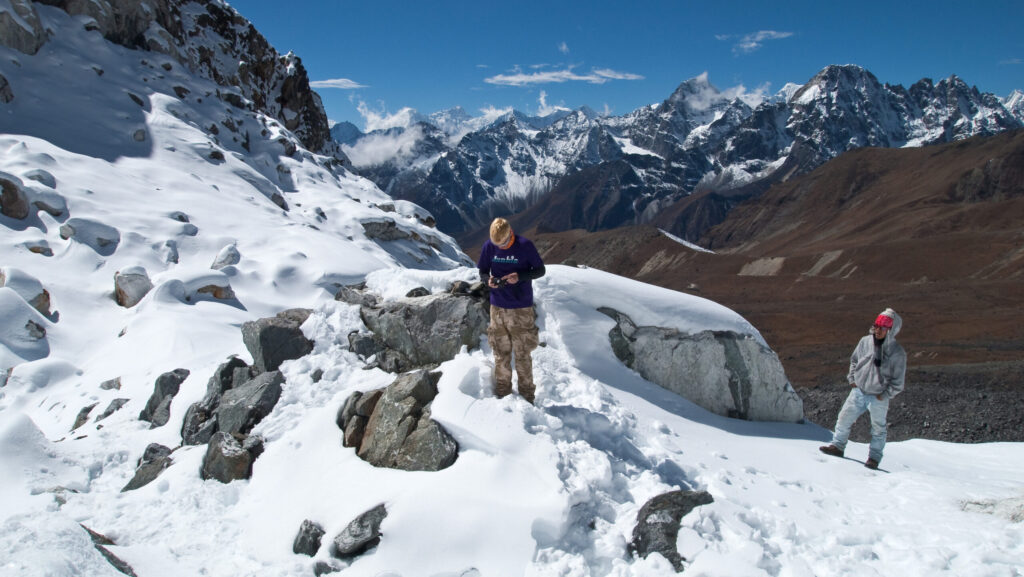
Ice crawlers inhabit some of the most extreme cold environments on Earth, with different species adapted to specific geographic regions. They can be found in high alpine zones of mountain ranges including the Alps, Rockies, Himalayas, and Andes, typically at elevations above 2,500 meters where permanent ice and snow persist. Some species have been discovered in the polar regions of both the Arctic and Antarctic, surviving in ice sheets and glaciers. Researchers have even found specialized populations in isolated ice caves and permanent snowfields at lower elevations where unique microclimates create suitable conditions. The distribution of these remarkable insects serves as an important indicator of climate change, as warming temperatures threaten their specialized habitats and push their ranges to ever-higher elevations or more extreme latitudes.
The Adult Stage: Racing Against Time to Reproduce
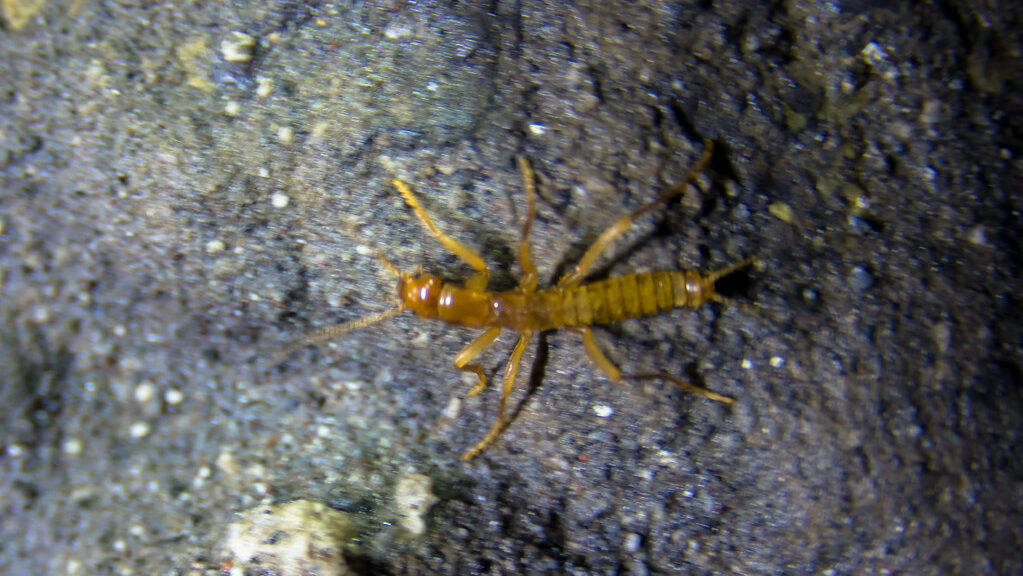
The adult phase of the ice crawler’s life represents one of nature’s most time-constrained existences, with the entire adult lifespan compressed into just a few days. Upon emergence from the ice, adults immediately begin their frantic search for mates, often forming swarms that hover above the snow or ice surface. Males typically emerge first, developing slightly faster than females, and await the emergence of potential mates. Without functional mouthparts, these adults cannot feed and rely entirely on energy reserves accumulated during their larval stage. Females typically live slightly longer than males, with their additional energy reserves dedicated to egg production and oviposition in suitable ice or snow habitats. This brief adult existence represents an extraordinary evolutionary trade-off, sacrificing individual longevity for reproductive efficiency in harsh conditions where suitable mating periods may be extremely limited.
Physiological Marvels: The Science Behind Surviving Freezing
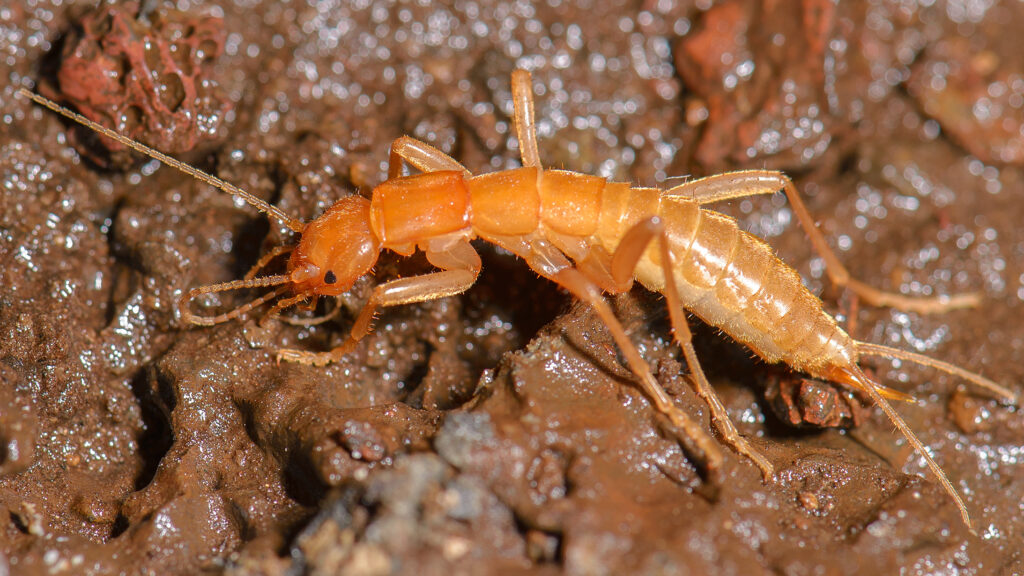
The physiological mechanisms that allow ice crawlers to survive freezing represent some of the most advanced cold-adaptation strategies in the animal kingdom. Their cells contain high concentrations of glycerol and other polyols that function as natural antifreeze compounds, preventing the formation of damaging ice crystals within their tissues. Specialized proteins in their hemolymph (insect blood) bind to nascent ice crystals, inhibiting their growth and preventing structural damage to cells and tissues. Their metabolic systems can function at temperatures where most enzymatic reactions would cease, thanks to specialized enzymes that remain active in extreme cold. Additionally, their cell membranes contain higher proportions of unsaturated fatty acids, maintaining crucial flexibility and functionality at temperatures that would cause most cellular membranes to become fatally rigid and brittle.
Feeding Strategies: How Larvae Survive in a Frozen Desert

Despite living in what appears to be a nutritional wasteland, ice crawler larvae have evolved sophisticated feeding strategies to extract sustenance from their frozen environment. They primarily feed on microbial communities that exist within the ice, including specialized cold-adapted algae, bacteria, and fungi that form miniature ecosystems within the glacier or snowpack. Some species have evolved specialized mouthparts that can scrape microorganisms from ice crystals or filter microscopic particles from meltwater that temporarily forms within minute ice cavities. Their digestive systems operate at extremely slow rates, matched to their reduced metabolic needs during long periods of dormancy. Interestingly, some species can survive extended periods without feeding, entering a state of suspended animation when nutritional resources become exceptionally scarce during particularly harsh winters or unusually long frozen periods.
Reproduction Under Pressure: Mating Strategies in Brief Windows

The reproductive strategies of ice crawlers represent an extraordinary adaptation to extreme time constraints and harsh environmental conditions. Upon emergence, adult males form mating swarms, often creating distinctive patterns of movement above the snow or ice surface to attract females. The mating process itself is remarkably quick, sometimes lasting less than a minute, maximizing the number of potential reproduction events during their brief lifespan. Female ice crawlers can store sperm from multiple males, allowing them to fertilize eggs even if weather conditions deteriorate before all eggs are laid. Most remarkably, some species have evolved parthenogenetic reproduction capabilities, allowing females to produce viable eggs without mating in situations where male partners are unavailable or when populations become isolated, representing an extraordinary backup strategy for species persistence in unpredictable environments.
Research Challenges: Studying Insects in Extreme Environments
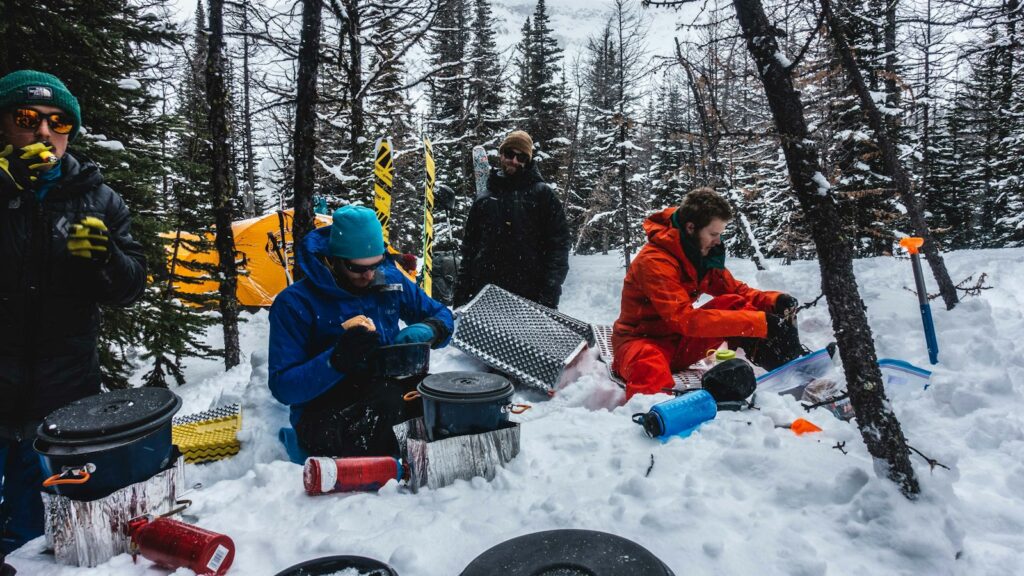
Studying ice crawlers presents extraordinary challenges for entomologists and polar biologists due to the extreme environments these insects inhabit. Research expeditions must contend with high altitudes, sub-zero temperatures, and often remote locations requiring specialized equipment and survival training. Observing the complete life cycle requires long-term monitoring, sometimes spanning several years, with specialized imaging equipment designed to function in extreme cold. Laboratory studies are equally challenging, as recreating the precise conditions of glacier microenvironments with temperature gradients, oxygen levels, and pressure variables requires sophisticated environmental chambers. Additionally, many ice crawler species remain poorly documented due to their remote habitats, with researchers estimating that dozens of species may remain undiscovered in isolated glacial environments, particularly in remote mountain ranges of Central Asia and South America.
Ecological Significance: The Role of Ice Crawlers in Frozen Ecosystems
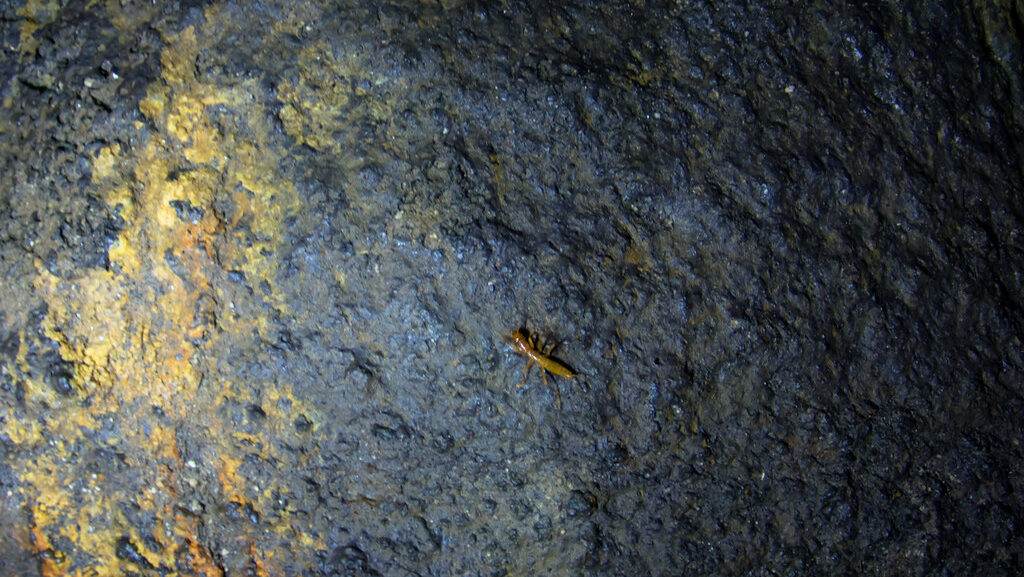
Despite their small size and specialized habitat, ice crawlers play vital ecological roles in glacial and alpine environments. As one of the few multicellular organisms capable of surviving within ice masses, they create pathways and microhabitats that facilitate the movement of nutrients and microorganisms within otherwise impenetrable frozen environments. Their feeding activities help regulate microbial populations within glaciers, potentially influencing rates of ice melt through alterations to surface albedo when certain algal populations are controlled. When adults emerge and die, their bodies provide rare pulses of organic material to nutrient-poor alpine environments, supporting other organisms like springtails, predatory insects, and alpine birds that time their breeding or migration to coincide with these emergence events. Additionally, ice crawler population dynamics serve as sensitive indicators of climate change, with researchers monitoring their distribution patterns to track the impacts of warming temperatures on high-altitude and polar ecosystems.
Climate Change Threats: An Uncertain Future for Ice-Dependent Species

Climate change poses an existential threat to ice crawler populations worldwide as warming temperatures rapidly alter their specialized habitats. Glacial retreat and reduced snowpack duration directly reduce available habitat, potentially eliminating entire local populations when ice fields disappear completely. Rising temperatures can disrupt the delicate timing of adult emergence, potentially causing misalignment with optimal reproduction conditions or exposing adults to unsuitable weather patterns. Some research indicates that certain ice crawler species have already experienced range contractions of up to 30% in alpine regions of Europe and North America over the past century. Conservation biologists express particular concern for isolated populations in mountain ranges like the Pyrenees and Southern Alps, where warming is occurring more rapidly and “mountaintop extinction” becomes a real possibility as these insects literally run out of higher, colder habitats to colonize when lower elevations become unsuitable.
Biomimicry Potential: Learning from Nature’s Freeze Experts

The extraordinary cold-tolerance adaptations of ice crawlers have attracted significant attention from researchers in biomedicine, cryonics, and materials science seeking to apply nature’s solutions to human challenges. Medical researchers are studying ice crawler antifreeze proteins for potential applications in organ preservation, potentially extending viable storage times for transplant tissues and reducing cellular damage during freezing processes. Biotechnology companies have isolated and synthesized variants of these proteins for use in ice cream production, preventing undesirable ice crystal formation that affects texture and quality. Military and aerospace engineers are examining the molecular structures of ice crawler cuticles (outer coverings) to develop new materials that maintain flexibility and functionality at extreme temperatures for use in polar and space applications. Perhaps most promising are potential applications in cryopreservation technology, where understanding how these insects protect their cellular structures during freezing could revolutionize long-term preservation of biological materials from seeds to stem cells.
Conclusion: Nature’s Lesson in Extreme Adaptation
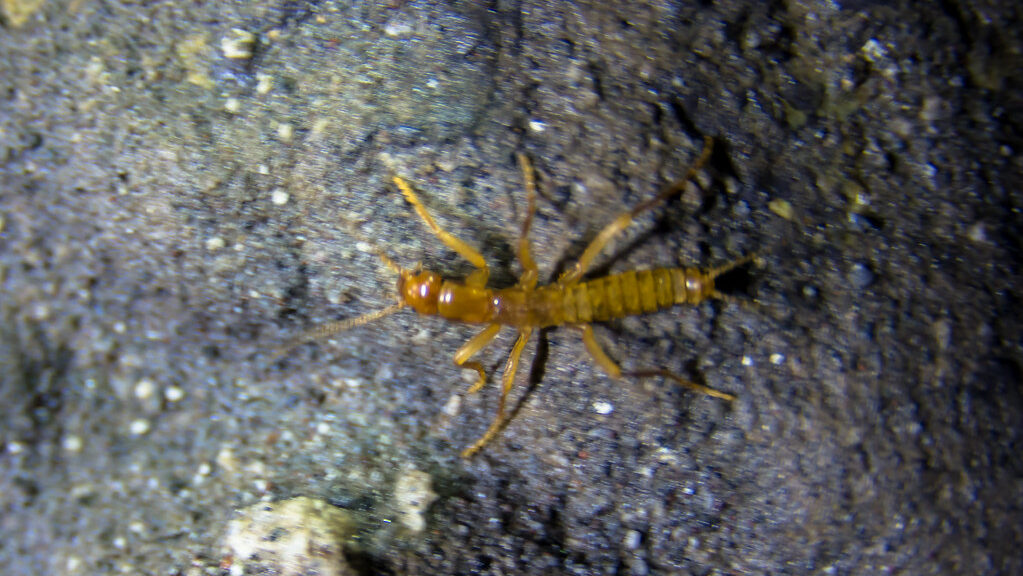
The remarkable life cycle of ice crawlers—from their extended larval existence within ice to their brief, frantic adult reproductive phase—stands as one of nature’s most extraordinary examples of specialized adaptation to extreme environments. These tiny insects embody the incredible plasticity of life, demonstrating how evolutionary processes can craft solutions to seemingly impossible environmental challenges. As climate change threatens their specialized habitats, ice crawlers also serve as poignant reminders of the vulnerability of highly specialized species to rapid environmental shifts. By studying these remarkable creatures, scientists not only gain insights into the outer limits of biological adaptation but also discover potential applications that may benefit human medicine, technology, and conservation. The ice crawler’s story ultimately reminds us that even in Earth’s most inhospitable environments, life finds a way to persist, adapt, and even thrive through remarkable evolutionary innovations.
